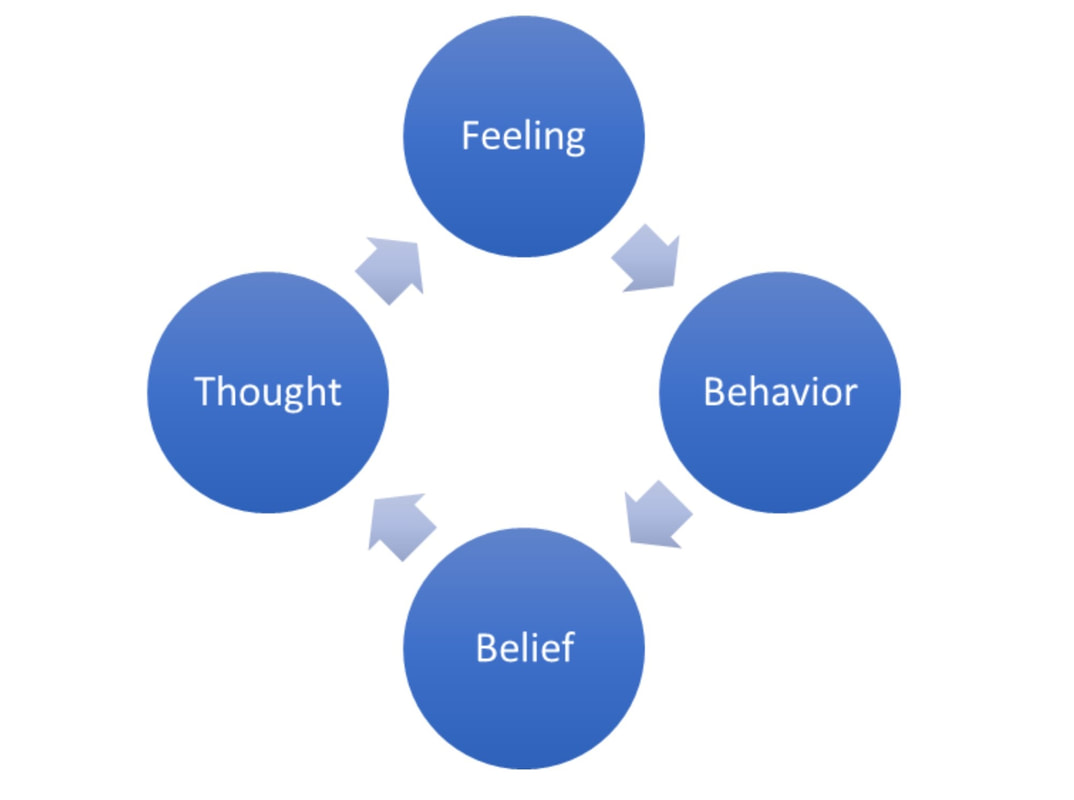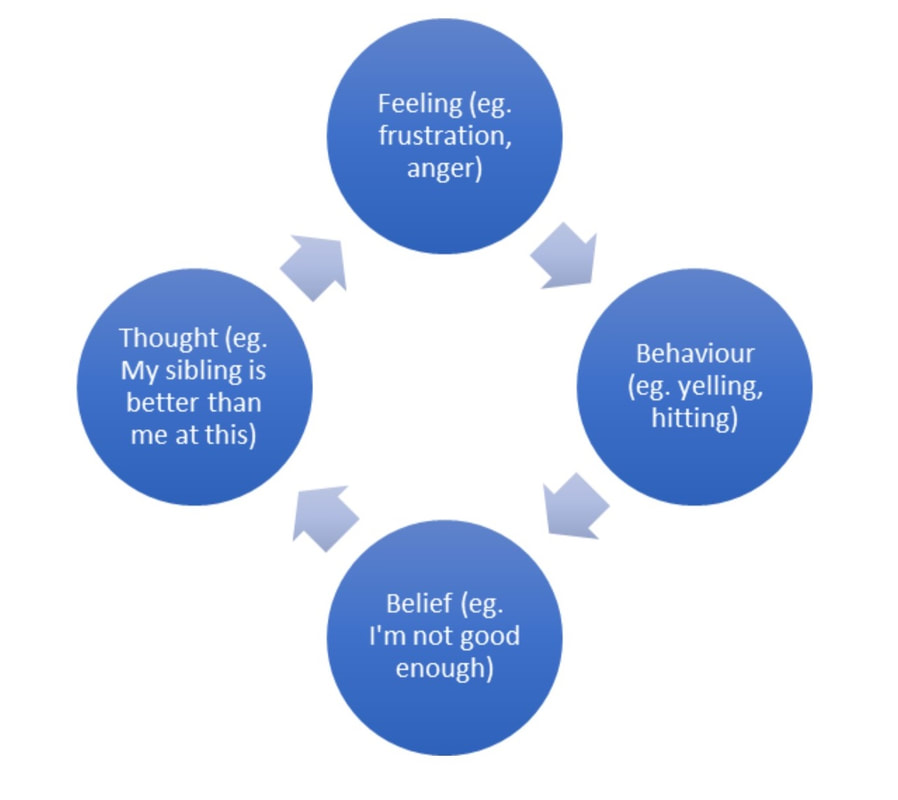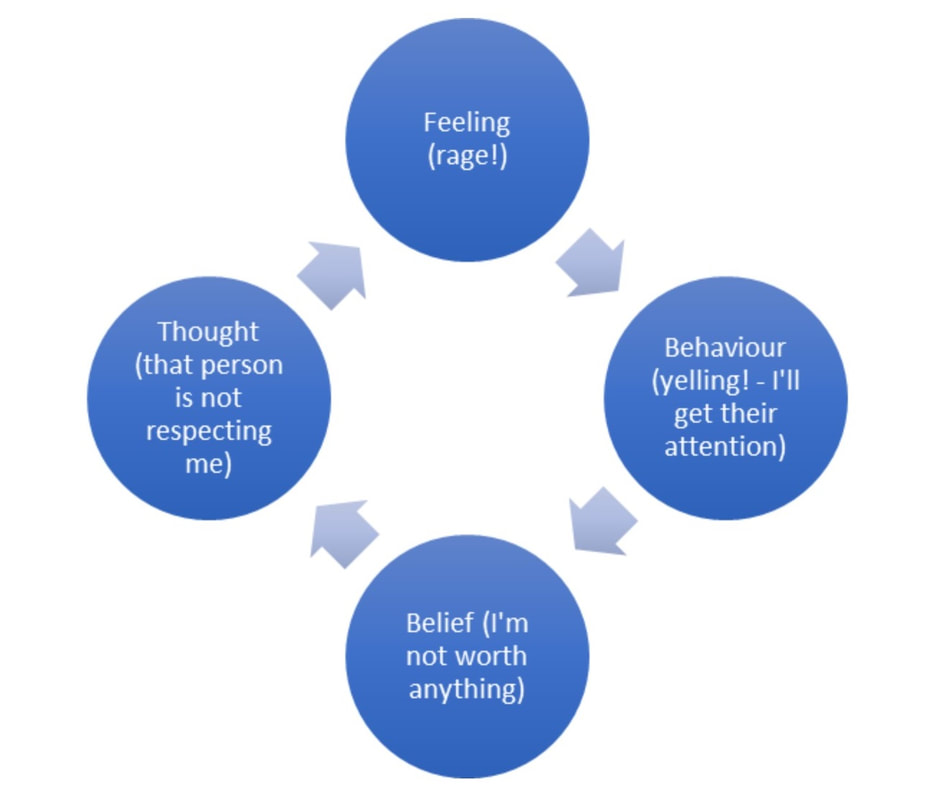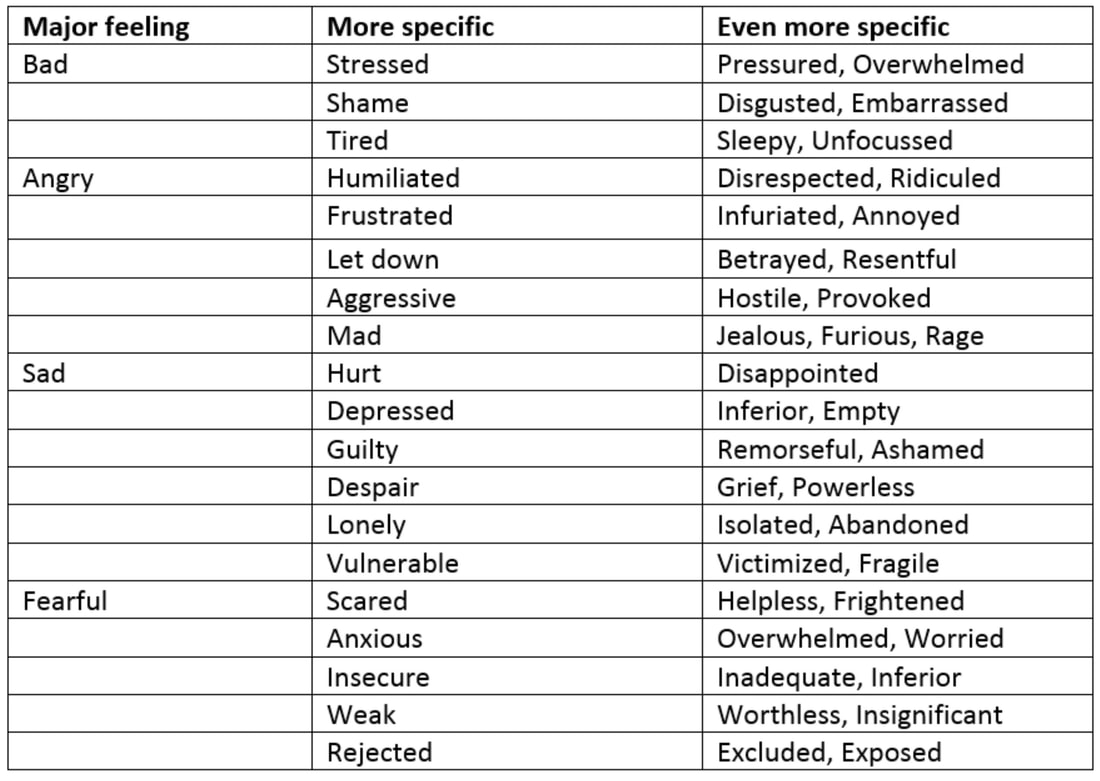|
Lessons you can share with your kids or with your inner child. #6 Happiness is an inside job!What I’d like to share with you today is that it is not your responsibility to keep anyone else happy – you simply can’t. You may have noticed that a parent or sibling is sad no matter how good or careful you are around them. You are only responsible for your own happiness and it is important not to give away your happiness to anyone or anything else. What I mean by that is that it is very typical to think “I’ll be happy when mum is happy” or “I’ll be happy if I get a good mark on my test”. That puts the source of your happiness outside you and the truth is that happiness is an inside job! The source of our happiness is within us. It is good to know. If we are responsible for our own happiness it means that:
And guess what? When you are happy, others are likely to feel better as well. Everyone wants to be around a happy person – we like to associate with them because it rubs off on us. You can be that popular happy person. Our mind has the power to be happy whatever the external circumstances happen to be. Sometimes just knowing that happiness is in us at all times can help us be happier. We just can’t always see that it is there. Action Steps: Find a quiet place, then close your eyes. Imagine putting all your worries into a balloon, then watch it float away until it disappears high in the sky. Now, FEEL the lightness and space inside you where happiness lives. Have a go!
1 Comment
Lessons you can share with your kids or with your inner child. #5 The Behavior Cycle: How our beliefs drive our thoughts, feelings and behaviorsI thought I’d show you one way to think about our behavior and where it comes from and how our beliefs about ourselves drive our thoughts and feelings. So, here’s a diagram. Start at the bottom with the ‘belief’ circle. When we believe something about ourselves, such as that we are stupid, or worthless or not good enough, we start to see the world through the eyes of that belief. That means that if I think I’m stupid, I will look for evidence of that in the things that happen around me and I won’t notice all the evidence that shows how brilliant I am. It’s as if I were to tell you to count the blue cars that pass your house for ten minutes, and then after ten minutes I ask you how many green cars went by – you may not be able to tell me because you were looking for the blue cars. Our beliefs act in the same way – we only find evidence that proves that they are true, not evidence that shows they are false. And – when we find evidence, our beliefs get stronger. That leads to the next circle ‘Thought’. When we think we see evidence for a belief, we have a thought about it. That might be “I’m so stupid, I can’t believe I just did that”. Or “see I knew you wouldn’t be able to do that – there’s no point even trying.” These thoughts then give us a horrible feeling – could be a knot in the stomach and a feeling of despair, or anger, or jealousy or any number of feelings. Sometimes those feelings can result in behavior – such as yelling or hitting. Sometimes we withdraw and become depressed. Sometimes we hurt ourselves or someone else, as a way to numb the pain we feel, but it doesn’t work to do that. What does work is to recognize and challenge the belief (None of our beliefs are true – we made them up!!) That’s the work we have to do in order to change any of our unwanted behaviors. It can actually be fun figuring it out! There are countless possibilities and I challenge you to figure out one for yourself. Two made up examples: Here’s another: Action Steps:
Figure out your own belief cycles by being a feelings finder and a thought detective to link your feelings, and thoughts to your beliefs. What are the behaviors that your beliefs produce? Lessons you can share with your kids or with your inner child. #4 How to Be a Thought DetectiveNow that you know that events are just facts (they are neutral) and that any feelings or emotions associated with an event is coming from you (not from the event), it is time to get curious! Close your eyes and try to remember the first time you felt this uncomfortable feeling.
Whatever judgement you made of yourself in that memory became a belief that you still carry around with you. Every time you feel that same feeling it is because that belief was triggered. The good news is that the judgement you made and the belief about you that you have was made up by you and was never true! You can now work on challenging that belief. The truth about you is that you are exactly as you are meant to me. Nothing missing, nothing wrong with you. You have the same value as every other being on the planet. You don’t have to prove your worth – it is already set. You see, you have two ‘selfs’. You have your ego ‘self’ that is made up by you. I call that part the ‘Made up Monster’. The Made-up Monster believes that she is bad, guilty, never good enough, not worthy, unlovable and many more. The Self that you truly are is the Magnificent Being (peaceful, worthy, loving). The Made-up Monster never stops telling you loudly how unworthy you are, while the Magnificent Being just whispers in a barely audible voice “you’re OK as you are, you’re worthy, you’re enough, you have everything you need, happiness is yours whenever you want it”. The trick is to tune into your inner Magnificent Being and ignore your Made-up Monster. Easier said than done, but you can do it! By being a feelings finder and a thought detective you can gradually figure out what your Made-up Monster looks like and how to make it smaller. By meditating, being mindful and being grateful, you can learn about your Magnificent Being and how to tune in to that. Action Steps:
Lessons you can share with your kids or with your inner child. #3 How to be a ‘Feelings Finder’ (just follow the questions):1) Am I calm and peaceful? Yes or No
2) What exactly are you feeling? Consult a feelings chart or answer the questions below:
3) Now that you know what you are feeling, ask yourself if you have felt this way before. You are likely very familiar with this feeling. 4) Focus on this feeling:
5) Now note how big this feeling is right now, on a scale of 1 to 10 with 1 meaning you can barely feel it and 10 meaning the feeling is HUGE. My # _________ 6) Notice that you can make any feeling bigger by thinking about the incident that triggered the feeling in the first place. So. If you reacted with anger when your brother did something annoying, then when you think of him doing that you will feel that anger again and you can turn up the volume on that feeling. Humans can produce feelings just by thinking of events and circumstances – as if we were actually there! The only reason to produce a feeling is to use that feeling to find out where the thought that produced that feeling is actually coming from. This requires you to be a thought detective – coming in the next lesson. Action Step: Notice your feelings for a day. What are the feelings you feel most often? It may sound strange but your body actually wants to feel these feelings, even if they are unpleasant! You can list your frequent feelings here: Here’s a list of some typical unpleasant feelings for you to refer to (you probably already know the good feelings):
Lessons you can share with your kids or with your inner child. #2 It is Your Thoughts that Make You Feel BadYou are never upset at a fact – you are actually upset by your thoughts about that fact. So, if you think you’re upset that you have to do your homework, it is not the homework that is inherently upsetting – that’s just a fact: You have homework to do. What is upsetting to you is that it triggers thoughts about it such as: Life’s hard I’m not in control of my life My parents are mean My parents don’t love me unless I do my homework I am not capable I’m not good enough Success is all about achievement You chose to think those thoughts and you are in control of your thoughts and so you can choose to change them. You can choose to change all thoughts that hurt. Instead of saying to yourself “I have to do my homework”, I can choose to say “I get to do my homework”. Change those words to change the way you think about your homework. Homework now becomes a privilege rather than a chore. With this slight adjustment, it is likely that your thoughts will change to: My parents love me so much they want to educate me So many kids in the world have no schools to go to – I’m one of the lucky ones I wonder what I’ll learn next This homework will help me to get to where I want to go The sooner I finish my homework the sooner I can go outside Action Steps: You can practice changing your thoughts by substituting the words “I have to…” to “I get to…” Throughout the day notice how many times you think “I have to” and each time switch the thought to “I get to”. Notice how it feels! Tom Sawyer, in The Adventures of Huckleberry Finn by Mark Twain, put this into practice when he had to paint the garden fence as a punishment. He convinced his friends to do it for him by having them think “I get to paint the fence” rather than “I have to paint the fence”. They even paid for the privilege. Smart kid that one!
Lessons you can share with your kids or with your inner child.#1 Everything is a Neutral FactThese are just facts:
There’s nothing inherently upsetting about these facts, but we may feel good or bad about them because of our thoughts about them. The good news is that we can change our thoughts – we are in control of our thoughts. That’s pretty good to know!
Facts have no emotion attached to them in and of themselves. However, we react to facts based on our beliefs (ideas) about ourselves. It is your thoughts that cause you to feel bad. So, if mom or dad yells at you, you are likely to be upset – not by the yelling itself, but by what you think it means about you. It is just a fact that the person in front of you is going red in the face, looking angry and speaking at a higher volume than usual, but you are upset about this if you have a made-up idea about yourself that is being triggered. The following made-up ideas would likely be triggered by this scenario: I’m not safe I’m bad I’m guilty I’m not loveable I’m powerless It is almost certain that you have all these beliefs and more. The reason is that you were a tiny being when you came into the world and you are looked after by big people who share these made-up ideas. It can be terrifying at times! It is important to know that these ideas are not true. Action Steps: List your ‘triggers’ as statements of fact. So, for example, if you were upset by something your friend said to you or the reaction of your sister, or something you did that was clumsy, just write: My sister laughed when I broke my favorite model airplane. My friend called me stupid (or whatever it was). I spilled juice on the carpet. Now look at the list and see that when these are stated as facts they no longer have the same emotional charge. Wanting things to be different than they are is painful. By stating facts, you now know that this thing happened. Wishing that it didn’t doesn’t help at all. Actually, the fact that the trigger event happened can be a really good thing because if you have an emotional reaction to any event (or fact) you’ll know that you have an idea about yourself that isn’t true. You can learn how to find and fix those mistaken ideas. Eventually you may even be able to welcome triggers! We’ll work on that another time. |
Author I know firsthand the emotional and financial costs of having a troubled teenager and I don’t want that to happen to you. That's why I wrote my book What They Don't Teach in Prenatal Class: The Key to Raising Trouble-Free Kids and Teens (available on Amazon). Archives
April 2022
Categories
All
|
get in touch
Email: [email protected] Tel: (1) 604 720 2776
Sign Up to my newsletter
Get information and articles about how to raise happy, mentally-healthy, and addiction-free kids!












 RSS Feed
RSS Feed